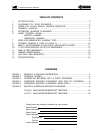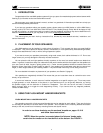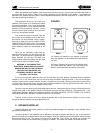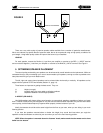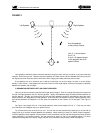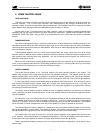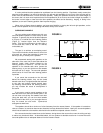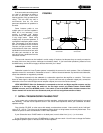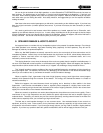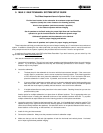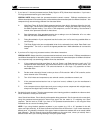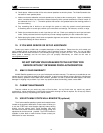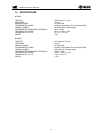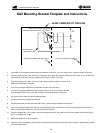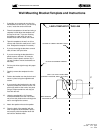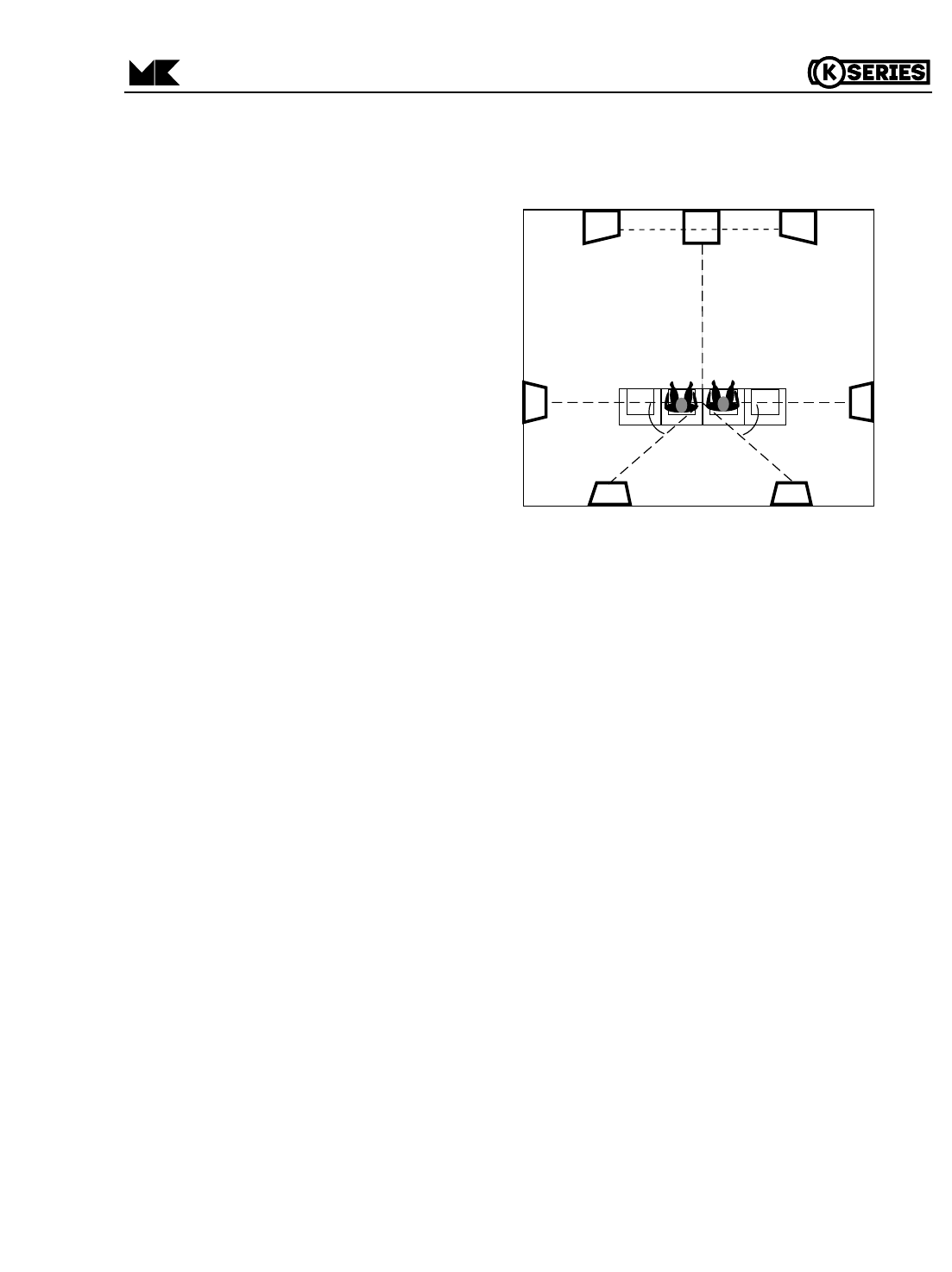
If the surrounds cannot be placed
on a wall, try placement on tables or
the floor to the sides of the main
listening position, firing up towards the
ceiling. This can work very well in
environments that do not allow
permanent attachment of speakers to
the walls.
Some listeners prefer to use
multiple pairs of surround speakers.
While this is not necessary, it can
provide a broader and deeper
surround effect, with better coverage
in very large rooms. When using
multiple pairs of surround speakers, a
symmetrical installation pattern works
best. For example, if you are using two
pairs of K-5 speakers for the surround
channels, one pair could be mounted
on the back wall of the room, mounted
equidistant from the back corners, with
the other pair mounted on the side
walls of the room, equidistant from the
same back corners.
The surround channels can be installed in a wide variety of locations, but because they are usually mounted on
the walls of the room, they can be a challenge to successfully install. If you have further questions, please call us at
the M&K factory, and we will be happy to discuss them with you in detail.
SUBWOOFER
Subwoofer location for Home Theatre systems is essentially the same as for music systems. See our Subwoofer
operation manual for more details. Remember to leave 2 - 3 feet of clearance between any television and subwoofer,
unless the subwoofer is magnetically shielded.
The preferred connection for the subwoofer is a subwoofer output from the amplifier or controller. This insures
that a full bass signal is being fed to the subwoofer. If you do not have such a subwoofer output jack, connect the
subwoofer to the front Left and Right channel amplifier outputs (do not use the Center channel).
VERY IMPORTANT: When the Subwoofer is connected to the Left and Right amplifier outputs, and the
controller is in Pro-Logic mode, the switch on the Pro-Logic control unit labeled Center channel WIDE/
NORMAL must be set to the NORMAL mode. If the switch is set to the WIDE mode, the bass content of the
Center channel will not be fed to the Subwoofer, and you will lose a significant amount of bass.
7. SATELLITE/SUBWOOFER PHASING TEST
In any system using a subwoofer separate from Main speakers, a phasing test must be performed to insure good
bass blending. This test insures optimum sound in the critical bass frequencies where your Subwoofer and Main
speakers overlap.
Play a familiar CD, DVD, or other source with steady, consistent bass content. Listen carefully to the "mid-bass"
region of 75 - 125 Hz. This is the part of the spectrum where electric or string basses and drums predominate. Then
reverse the phase of either the subwoofer or BOTH Main speakers.
If your Subwoofer has a PHASE switch on its back panel, move it either from (+) to (—) or vice versa.
If your Subwoofer does not have a PHASE switch, it takes a bit more work. You will have to change the Positive
and Negative speaker inputs on the back of BOTH Main speakers.
9
K-SERIES SATELLITE SPEAKER
30°-45°
30°-45°
Listener
Left
Center
Right
Left
Surround #1
Right
Surround #1
Left
Surround #2
Right
Surround #2
FIGURE 6




